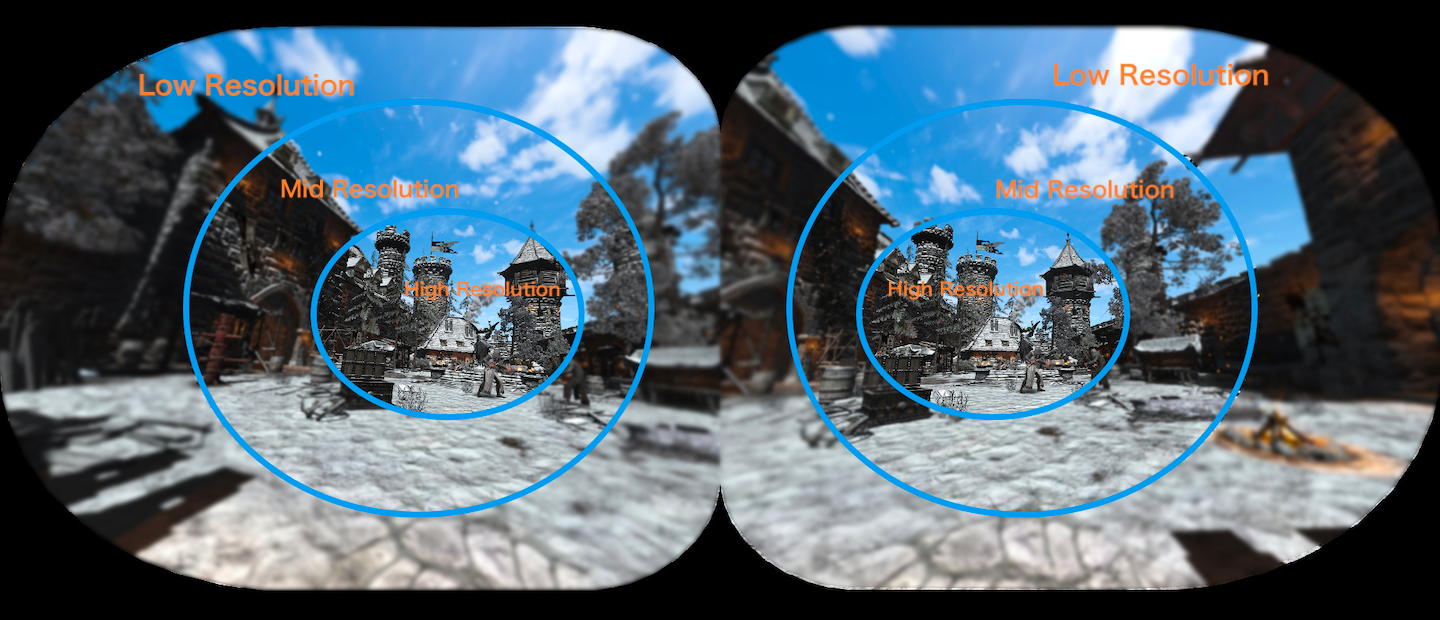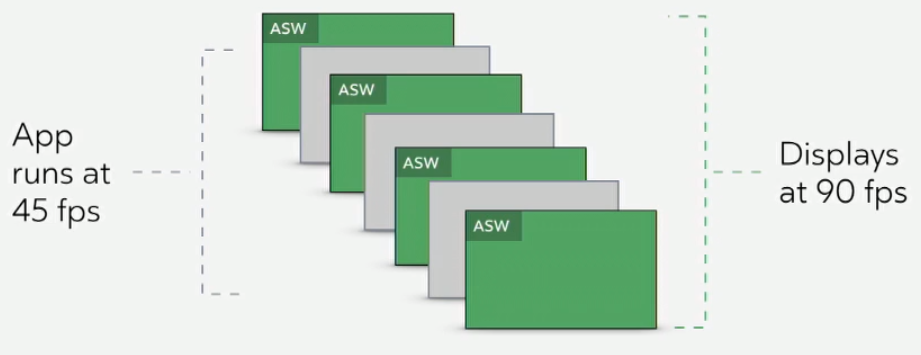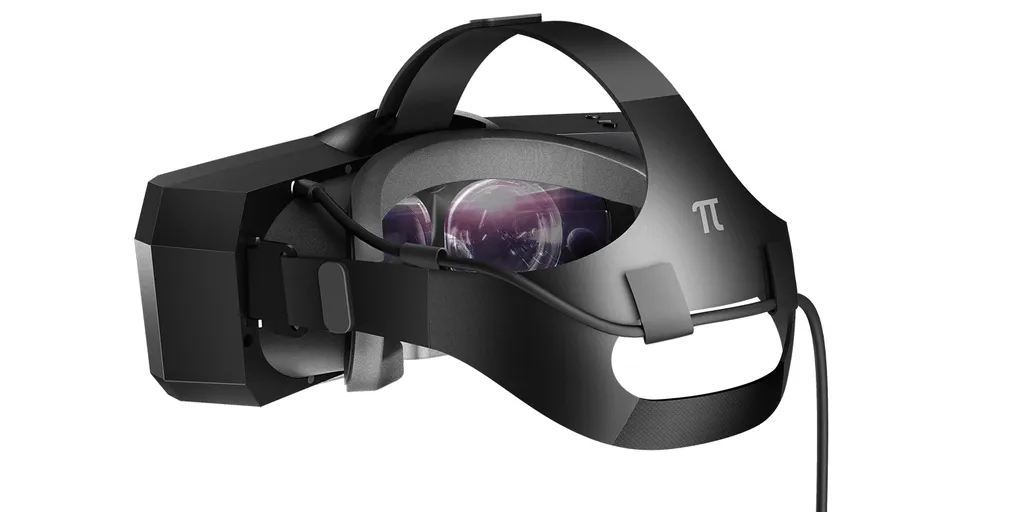At GDC 2019 today Pimax released two new software features aimed at making its headsets easier to run. Fixed Foveated Rendering (FFR) and Smart Smoothing. The features work for both the 5K+ and 8K headsets.
Fixed Foveated Rendering renders at a lower resolution everywhere except the center of the lens. This is the same technique used on the Oculus Go and Quest standalone headsets. Pimax claims this provides a 10-30% performance improvement. Right now it only works on NVIDIA RTX GPUs, but the company is working on bringing this to older cards too.

Smart Smoothing is similar to Facebook’s Asynchronous Spacewarp and Valve’s Motion Smoothing. When your GPU isn’t making framerate, Smart Smoothing forces the running game to render at half framerate and synthetically generates every other frame. When the GPU is no longer being strained, the app is returned to full framerate.
If you’re confused about these terms, read our guide VR Timewarp, Spacewarp, Reprojection, And Motion Smoothing Explained.

Unlike Facebook and Valve, Pimax is giving users the ability to change the headset’s refresh rate. As well as the default refresh rate of 90 Hz and 80 Hz for the 5K+ and 8K respectively, users can now change it to 72 Hz or 64 Hz.
These new features and options are all aimed at making the Pimax headsets easier to run on existing GPUs. Tom’s Hardware recently benchmarked the headset using the $700 RTX 2080. While they were able to run simplistic games like Space Pirate Trainer smoothly, games like Arizona Sunshine and Serious Sam VR required turning the field of view down to 120° and setting the resolution far below native.
Hopefully the combination of FFR, Smart Smoothing, and the option to use a lower refresh rate will improve the Pimax experience.


























